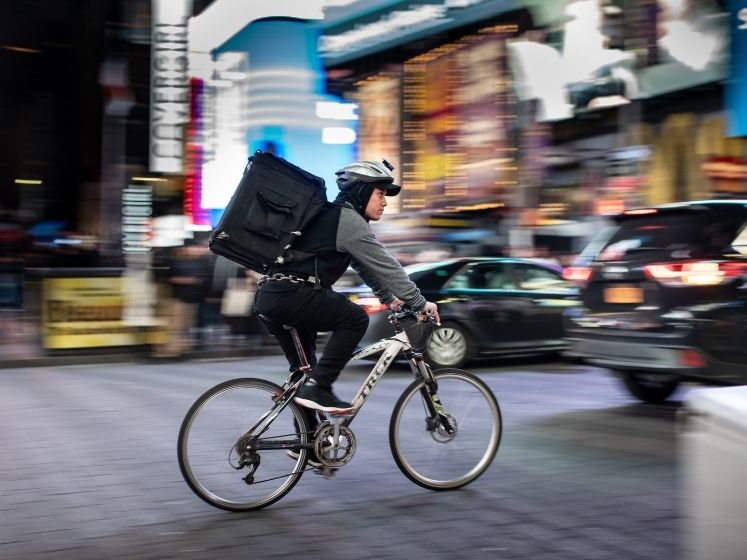 Brett Jordan via Unsplash.
Brett Jordan via Unsplash.
More than half (58%) of self-employed workers had less work than usual in August 2020 – and one in five now anticipate leaving self-employment, a new report shows.
Research from LSE’s Centre for Economic Performance (CEP), finds that the easing of pandemic restrictions over the summer only had a marginal effect on the self-employed.
The report - Covid-19 and the Self-Employed: Six Months into the Crisis - follows prior research, which found that more than a third of self-employed workers had trouble paying for basics in April 2020.
Survey results included in the latest report reveal that, even after England’s first lockdown lifted, 32 per cent of self-employed workers had fewer than 10 hours of work a week in August.*
Self-employed workers, who find work through digital apps in the “gig economy”, had a different experience, with more than a quarter (28 per cent) reporting more work than usual in August.
But, the survey finds that 78 per cent of these app workers said they felt their health was at risk while working. When asked why they kept working despite the health risk, more than half of parcel delivery workers and private hire drivers, said that they feared losing future work.
Other findings include:
- 28 per cent of respondents had applied for a second grant under the Self-Employment Income Support Scheme (SEISS).
- Of those who had not applied for either the first or second rounds of SEISS grant almost two in five (38 per cent) were not sure of their eligibility.
- A third of respondents think normal activity will not resume until after February 2021 – and one in ten think it will never resume.
- One in five consider it likely that they’ll leave self-employment as a result of the crisis - this rises to 59 per cent of those aged under 25.
- Women were more likely to have less work than usual in August than men, after taking account of differences in respondents’ ability to work from home.
- The newly self-employed are more than twice as likely to report having trouble with basic expenses when compared to other self-employed workers (52 per cent versus 24 per cent).
Jack Blundell, co-author of the report and a research assistant at CEP, said: “Six months into the crisis, the self-employed are still experiencing substantially lower income and hours. While there has been some recovery, more than half still have less work than expected for this time of year. For gig economy workers, economic prospects are rosier, however these workers are also more likely to experience health risks while working.”
Stephen Machin, co-author and director of the Centre for Economic Performance, said: “While the growth in self-employment has been one of the key trends in the labour market in the past two decades, there are now early signals that this trend could be set to reverse.
“By the summer, there had already been a sharp fall in the number of self-employed workers – this may be primarily due to the lockdown, but for some it will be due to realising the risks of self-employment. The Covid-19 crisis has vividly illustrated the social insurance available to different types of workers, with many experiencing the basic safety net of Universal Credit for the first time.”
Maria Ventura, co-author and research assistant at CEP, said: “The government support for the self-employed to date, while valuable for those eligible, has not reached all self-employed workers and the newly self-employed appear to be particularly vulnerable. The extension of support through to April 2021 and the recently announced changes further widen the gap between those eligible and those ineligible for SEISS grants.”
Read the full report is here: Covid-19 and the Self-Employed - Six Months into the Crisis